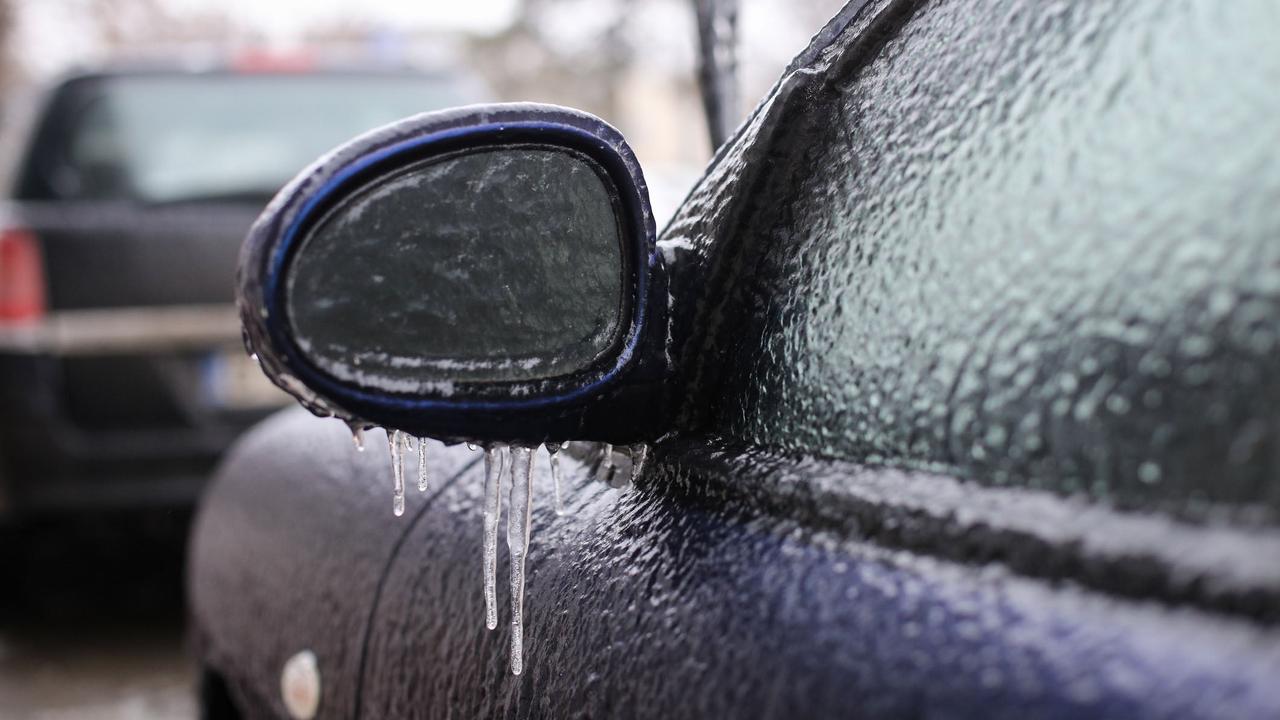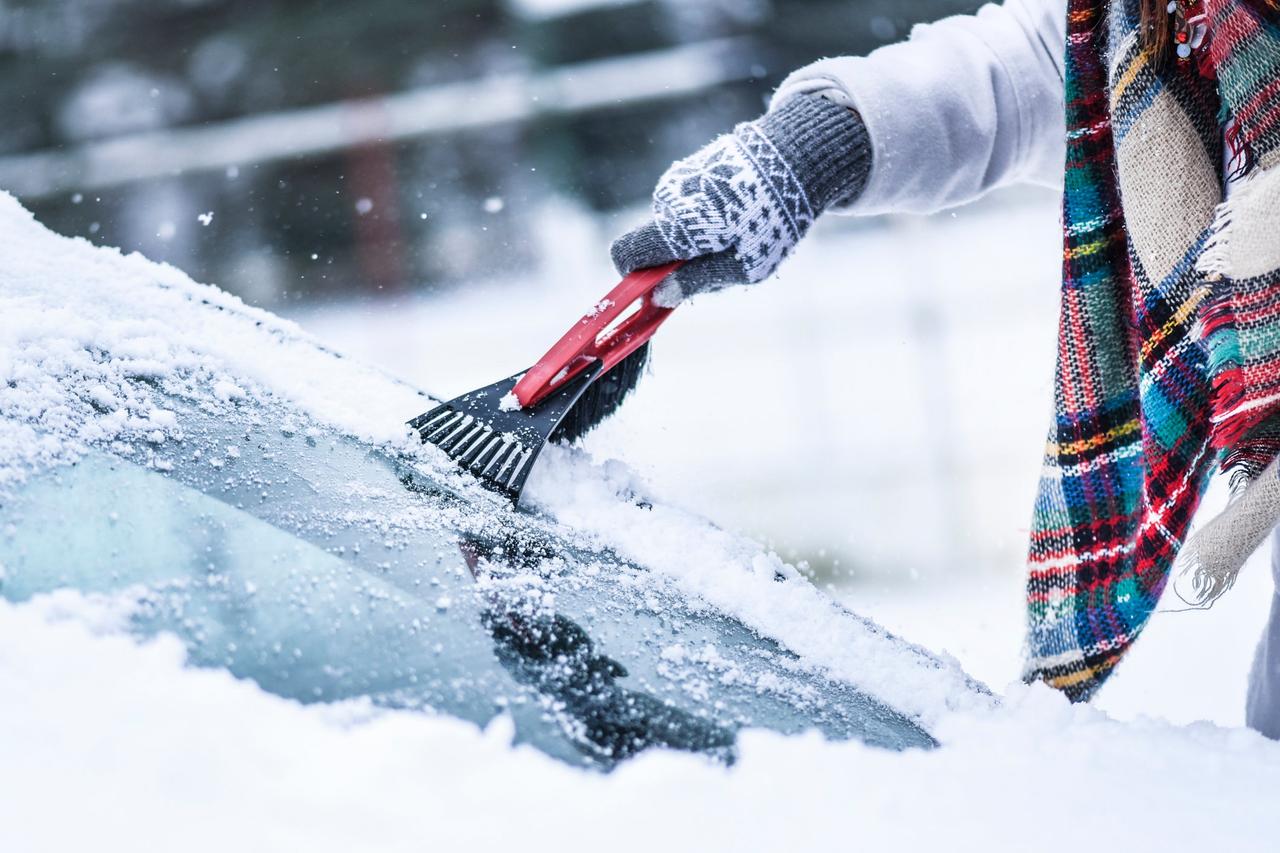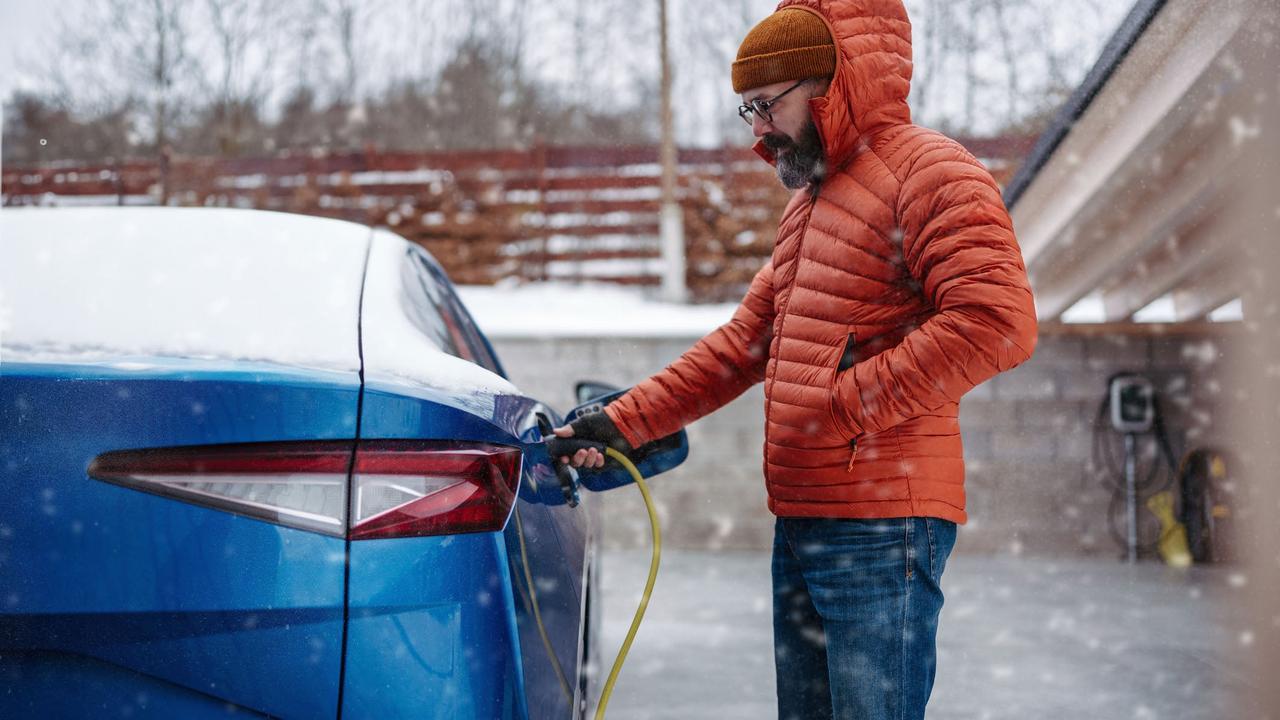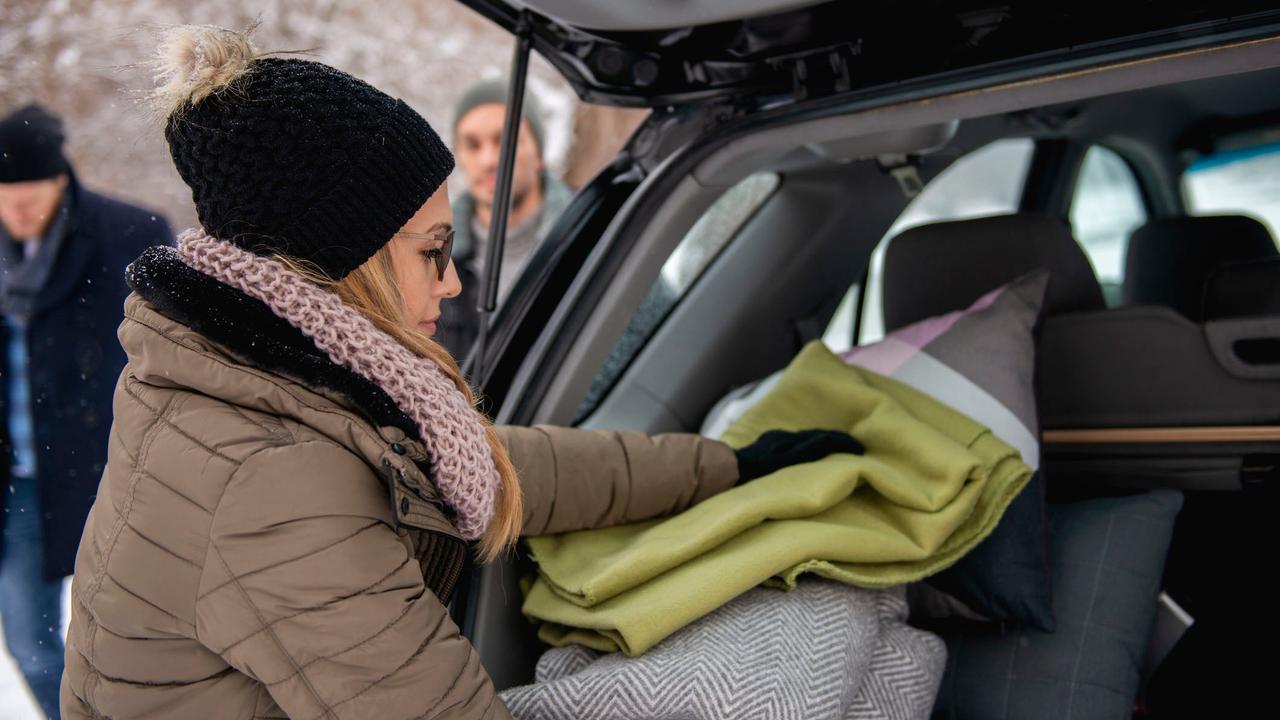When cold or wet weather strikes, our handy guide will explain how to drive safely and confidently
While you’re probably not going to experience a couple of hurricanes a week or two feet of snow on British roads this winter, we all know the chaos that can happen in cold and wet weather.
You’re likely to come across flooded roads and oh-so-slippery surfaces in colder months, so it’s worth knowing some handy tips for driving in these situations. Better to be safe than sorry!
Here are our top winter driving tips, from keeping your car visible to how to control a skid.
- Winter car check
- Driving in winter advice
- Electric car winter driving tips
- What to keep in your car in winter
- How to control a slide
- Should I buy winter tyres?
Winter car check

- Tyres: it’s important to make sure your tyres are in good condition all year round, but it’s especially important in winter. Consider replacing them if they have less than 3mm of tread depth remaining, and remember to check the pressures and general condition. More info in our guide to car tyre checks
- Windows: make sure your windows are free from ice, snow, stone chips and grime
- Lights and number plates: make sure your lights, reflectors and number plates are clean and clear. Regularly check all your lights to make sure they work, and know how to turn them on. And don’t drive at night with just daytime running lights on. That’s silly
- Wipers: make sure they clear water effectively, and turn off auto wipers if it’s going to be frosty. The scratchy noise of wipers on ice isn’t just annoying – it can damage your wipers or the wiper motor
- Fluids: keep your screenwash, antifreeze (coolant), water, oil and brake fluid topped up. In really cold weather, keep some screenwash or room temperature water in the car in case your washer jets freeze
- Fuel: we recommend filling up when you’ve got a quarter of a tank or more, instead of letting it run down until you’re on fumes, in case of unexpected delays
- Brakes: if you’d like a bit more braking power, or if your brakes were an advisory at your last MOT test, it’s worth having your brakes checked by a mechanic to see if they need replacing
- Battery: turn off electrical loads like headlights before you turn the engine on and, if the car struggles to start, it might be time for a new battery. Can’t afford a new battery? Keep jump leads in the car and always park in a way that another car can get close enough to give you a jump start if necessary
Driving in winter advice: fog, rain, wind and snow

- In foggy weather, put your fog lights on if you can’t see more than a few car lengths in front. Remember to turn your rear fogs off if there’s a car behind you, so you don’t dazzle the driver
- Read or listen to local travel bulletins and make note of any road closures that might affect your journey
- Put your headlights on if your wipers are on constantly. This applies to wet and snowy weather, and if there’s a lot of spray on the road
- Slow down and stay back from the vehicle ahead. Stopping distances are longer in bad weather, and you can give yourself more time to react to something unpredictable
- Give extra room to cyclists in wet and windy weather – and if it’s windy, be aware that cyclists, bikers, lorries and caravans can all be affected by crosswinds
- In wet or snowy weather, dry your shoes on your floor mats (if you have them) before driving. You don’t want your feet to slip off the pedals now, do you?
Read our full guides to driving in heavy rain, driving in snow and driving on ice.
On the off chance that it’s sunny this winter, low sun can also create tricky driving conditions. Forward visibility can be drastically reduced if you’re driving into the sunshine, and drivers can be dazzled by the sun and by reflections on a wet road. It might seem counter-intuitive, but we recommend putting on your lights in these situations, because it’ll help you see cars in front of you – and help you be seen by cars behind.
Of course, it’s also dark for longer in winter. Make sure to familiarise yourself with our driving in the dark guide – for dancing in the dark, contact Bruce Springsteen.
Electric car (EV) winter driving tips

Electric cars have some unique positives in winter weather, but also some drawbacks you might not have considered. Here’s how you can make sure your EV is ready for winter:
- Preheat the cabin while it’s plugged in. It’s a beautiful feeling getting in to a nice, toasty car on a wintry morning while all your neighbours are breaking out an ice scraper. Preheating your car – which can be done on your phone – also makes sure you don’t need to use the heating to warm the car, which saps range.
- Heat yourself, not the car. Again, try to use the car’s cabin heating system as little as possible – use the heated seats if your car has them, or just keep your jumper on.
- Plug in more often. EV batteries aren’t as efficient in cold temperatures, so your range can be noticeably less in winter than it is in summer. Worth remembering if you’re planning long trips this winter.
- Plan your plug stops. While there are often plenty of empty chargers on the charging network, there can be queues at busy times – like at Christmas. Plan your journey and leave extra time to get to your destination.
- Keep it smooth. With electric cars offering instant power and acceleration, it’s especially important to keep your throttle inputs smooth. And avoid the temptation of using that hot-hatch-baiting speed or you could be slipping and sliding all over the place.
- Keep an eye on your tyres. Electric cars can be powerful and heavy, and your tyres may wear out quicker than you’re used to. Regularly check the condition and tread depth to make sure your tyres are in working order.
Considering swapping to an electric car? Our comprehensive guide to buying an electric car will get you ready for the switch.
What to keep in your car in winter

In winter, it’s best to carry a few extra things so you’re prepared for whatever Mother Nature has in store. These include:
- Additional warm clothing for everyone in the car
- Water and non-perishable snacks – and remember they're for emergencies!
- Breakdown kit – available from auto parts stores, this will include jump leads, a tow rope, a hi-vis jacket and a warning triangle. Don't be complacent – even the most reliable car can get stranded by a puncture or flood water!
- Torch
- First-aid kit
- Small shovel
- Battery pack to recharge your phone
You could also make sure you've got grippy shoes on and enough charge in your phone.
How to control a slide
Slides look great when Jeremy Clarkson is gurning in a sideways car shouting ‘pooooower!’. But in real life, on real roads with real ditches and really solid steel barriers, realising that your car is sliding is scary. And whether your car is front-wheel drive, rear-wheel drive or four-wheel drive will affect how it reacts. Our video, with racing driver and driving expert Rebecca Jackson, will guide you through what you need to do. Or, read our guide on what to do when your car starts skidding.
Should I buy winter tyres?
Given that tyres are the only parts of the car that touch the road, we should pay more attention to them than we often do. Of course, you should regularly check the tread depth and condition of your tyres anyway but, in winter, it could be worth investing in a set of winter tyres.
Winter tyres are designed to work in temperatures below 7 degrees Celsius – in other words, most of a normal UK autumn and winter. They’re designed with a special blend of rubber that’s grippier in, and more suited to, colder weather. A normal car on winter tyres typically performs better in snowy and icy conditions than a 4x4 on summer tyres.
There’s an upfront cost involved because you’ll have to buy another set of tyres, and make sure you change them in spring – winter tyres aren’t very good in summer. But, they’ll last several years and also prolong the life of your summer tyres. Some tyre shops will also store your alternate set of tyres when you’re not using them.
Or, buy a set of all-season tyres for a largely best-of-both-worlds experience. Winter tyres are generally better than all-seasons in really bad weather, but choosing all-season tyres means you don’t need to buy two sets of rubber. Just check that you don’t have to declare winter or all-season tyres with your insurance company before you go ahead.
Read our other winter driving guides:




































